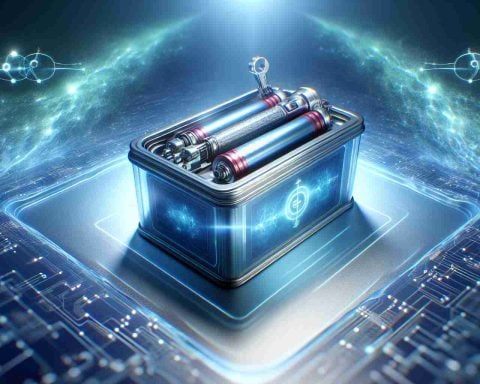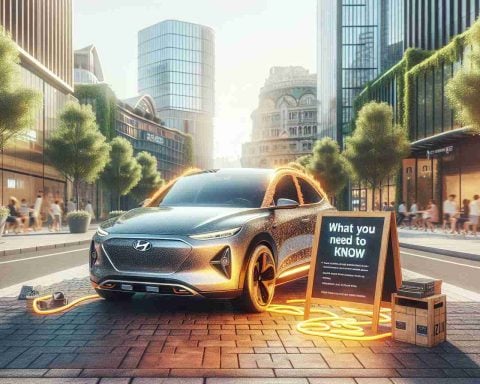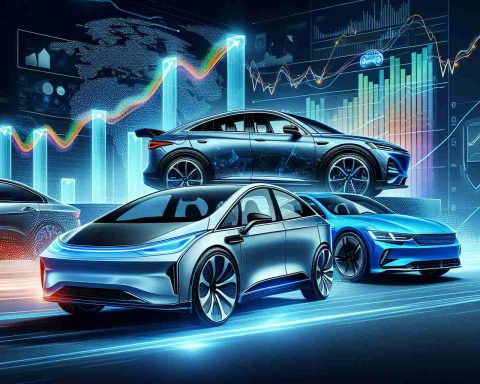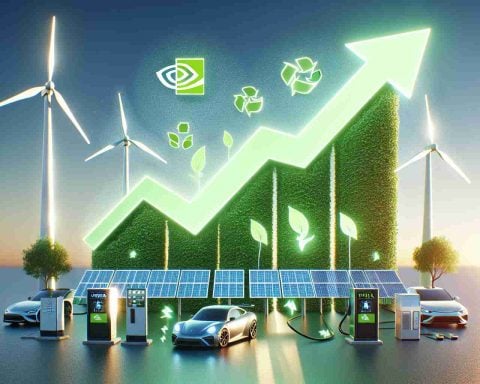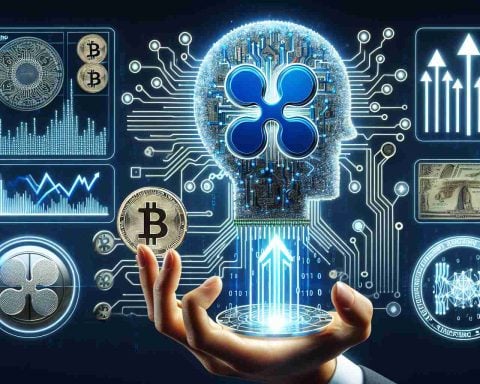- Immersion cooling is transforming EV battery cooling by immersing battery packs directly in a cooling liquid, providing more efficient and uniform temperature management compared to traditional methods.
- Ultra-high output chargers, especially in China, necessitate rapid heat dissipation to maintain battery life during fast charging sessions.
- Dow and other industry leaders are innovating new cooling solutions to enhance battery performance and efficiency.
- Pioneers like XING Mobility are aiming for mass production of EVs using immersion cooling by 2024, collaborating internationally to perfect cooling liquids.
- European companies like Valeo and MAHLE are also advancing their systems for high-performance vehicles.
- Advances in battery cooling technology promise increased efficiency, potentially reducing costs, and paving the way for faster and more reliable electric vehicles.
Imagine an electric vehicle (EV) driving at lightning speed, powered by batteries cooled with cutting-edge technology. A silent revolution is underway in EV battery cooling, spearheaded by a technique known as “immersion cooling.” Here, the battery pack finds itself submerged directly in a cooling liquid, allowing for evenly distributed and efficient temperature management. Contrast this with the more conventional “indirect liquid cooling” that relies on metal components to channel the coolant, creating uneven cooling that can compromise cell performance.
With fast-charging demands skyrocketing, especially across China, EVs are now expected to refuel their power in mere minutes, thanks to ultra-high output chargers exceeding 500kW. However, suppressing heat generation during these rapid charges remains crucial to preserving battery life and efficiency.
Leading the charge, so to speak, is Dow, renowned for innovating EV cooling solutions. The traditional method involves intricate cooling plates filled with refrigerant. Yet, this system occasionally leaves uneven temperatures due to the spatial configuration of the cells and their shapes. Immersion cooling obliterates these concerns as the entire battery unit bathes in the liquid, minimizing temperature discrepancies and unleashing the battery’s full potential.
Pioneers like Taiwan’s XING Mobility are at the forefront, anticipating mass production by 2024 and collaborating with British and Japanese firms to perfect their cooling liquids. Across Europe, industry giants like Valeo and MAHLE are also refining their systems, with some projects already in motion for next-generation sports cars.
This advancing technology promises not only greater efficiency but could also be the key to driving down costs in the EV market. As EV battery cooling evolves, the dream of faster, more reliable, and longer-lasting electric vehicles inches closer to reality. The future of transportation might just be cooler than ever before.
Revolutionary EV Cooling: How Immersion Cooling is Transforming Electric Vehicles
Immersion Cooling: A Game Changer in the EV Industry
Imagine a world where electric vehicles (EVs) not only reach lightning-fast speeds but do so efficiently and sustainably. At the heart of this innovation is the emerging battery cooling technology known as “immersion cooling,” a method that involves submerging the battery pack directly in a cooling liquid. This process ensures evenly distributed temperature control, a significant improvement over traditional “indirect liquid cooling” systems, which can suffer from uneven cooling due to their reliance on metal components to channel the coolant.
With the global demand for fast-charging infrastructure surging, particularly in China, where EVs are expected to recharge in minutes using ultra-high output chargers exceeding 500kW, effective heat management is essential. The ability to suppress heat generation during rapid charging is crucial to prolong battery life and maximize efficiency.
The Innovations Driving Immersion Cooling Forward
Leading companies such as Dow are at the forefront of revolutionizing EV cooling solutions. Traditional cooling methods often involve complex cooling plates that can leave temperature variations within the battery pack. In contrast, immersion cooling effectively eliminates these discrepancies, allowing the battery’s full potential to be unleashed.
Pioneering firms like Taiwan’s XING Mobility are setting milestones, with plans for mass production by 2024 and strategic partnerships with British and Japanese companies to refine their cooling liquids. European industry titans like Valeo and MAHLE are also innovating, with several next-generation sports car projects already underway.
Broader Impact and Global Trends
The implications of immersion cooling extend beyond performance enhancements. For example, this technology could play a pivotal role in reducing costs within the EV market, making electric vehicles more affordable and accessible. As the EV battery cooling landscape evolves, the vision of faster, more reliable, and longer-lasting electric vehicles is edging closer to reality.
How Does Immersion Cooling Affect the Global EV Market?
1. Cost Reduction: By enhancing battery efficiency and lifespan, immersion cooling can reduce the overall cost of EVs.
2. Environmental Impact: Efficient cooling systems contribute to sustainability by optimizing energy usage and minimizing waste.
3. Performance Enhancement: With improved temperature control, EVs can achieve better performance outcomes, crucial for high-demand applications like fast charging.
4. Market Accessibility: Lower costs and improved performance could accelerate EV adoption worldwide, crucial for countries striving to reduce carbon emissions.
Potential Challenges and Considerations
While immersion cooling holds tremendous promise, implementing the technology on a large scale presents challenges. Standardization of cooling liquids, ensuring safety standards, and optimizing designs for diverse EV models are essential considerations. Moreover, the technology’s impact on the recycling and disposal of EV components raises questions about sustainability.
Future Insights
As we look toward the future, the global adoption of immersion cooling in EVs could redefine transportation standards worldwide. Innovations in battery technology, combined with strategic international collaborations, have the potential to push the automotive industry into new realms of efficiency and environmental stewardship.
For more insights into cutting-edge technology, explore Dow and Valeo.







